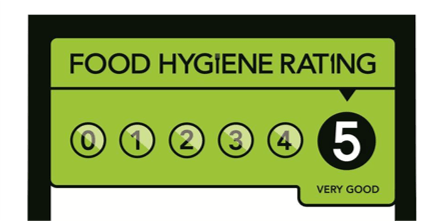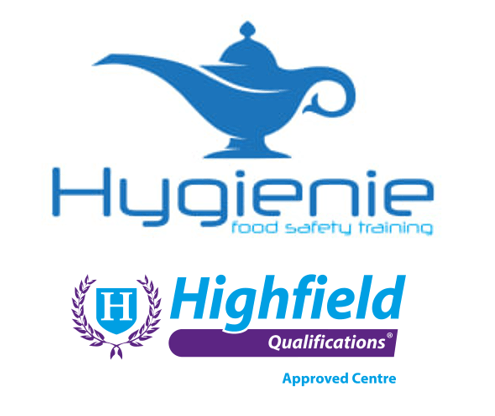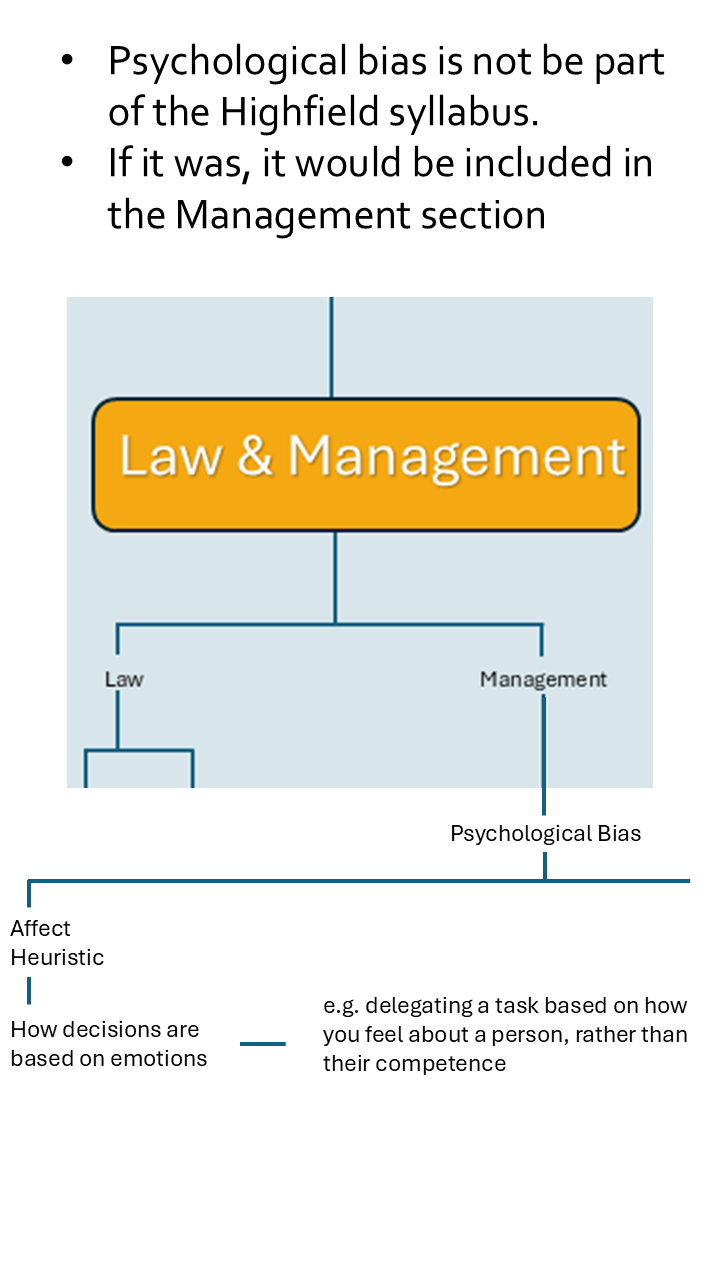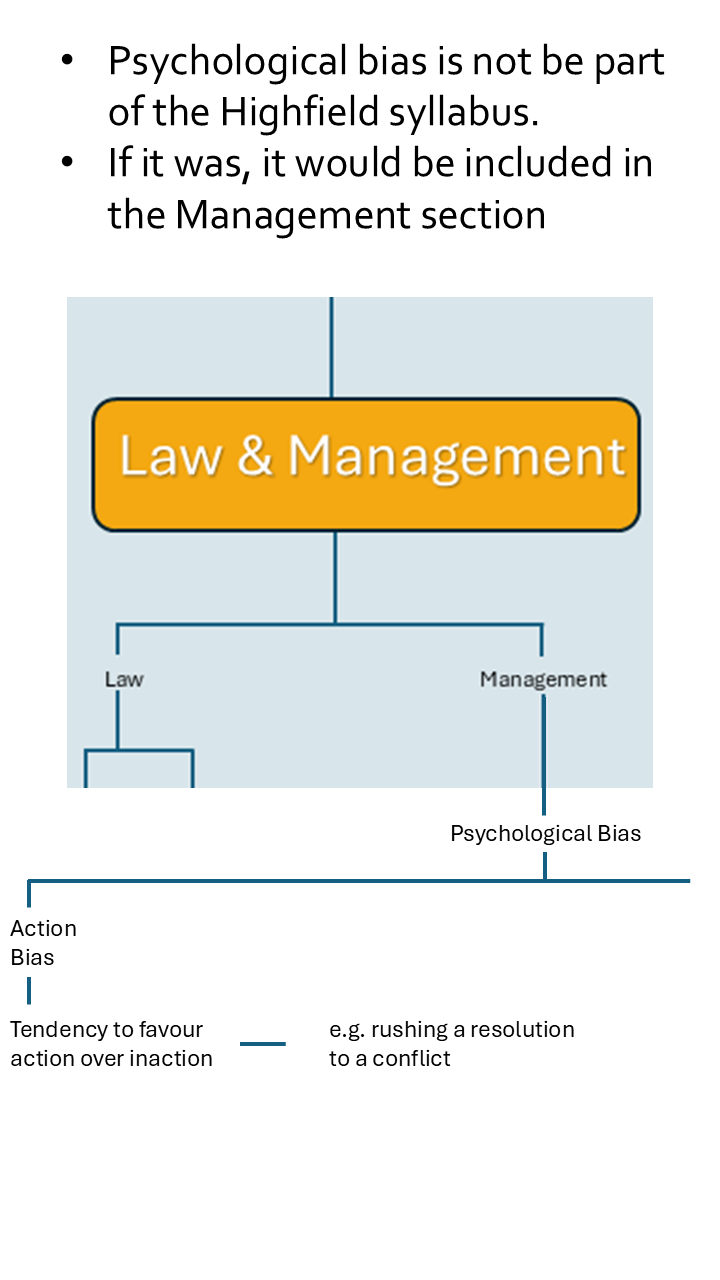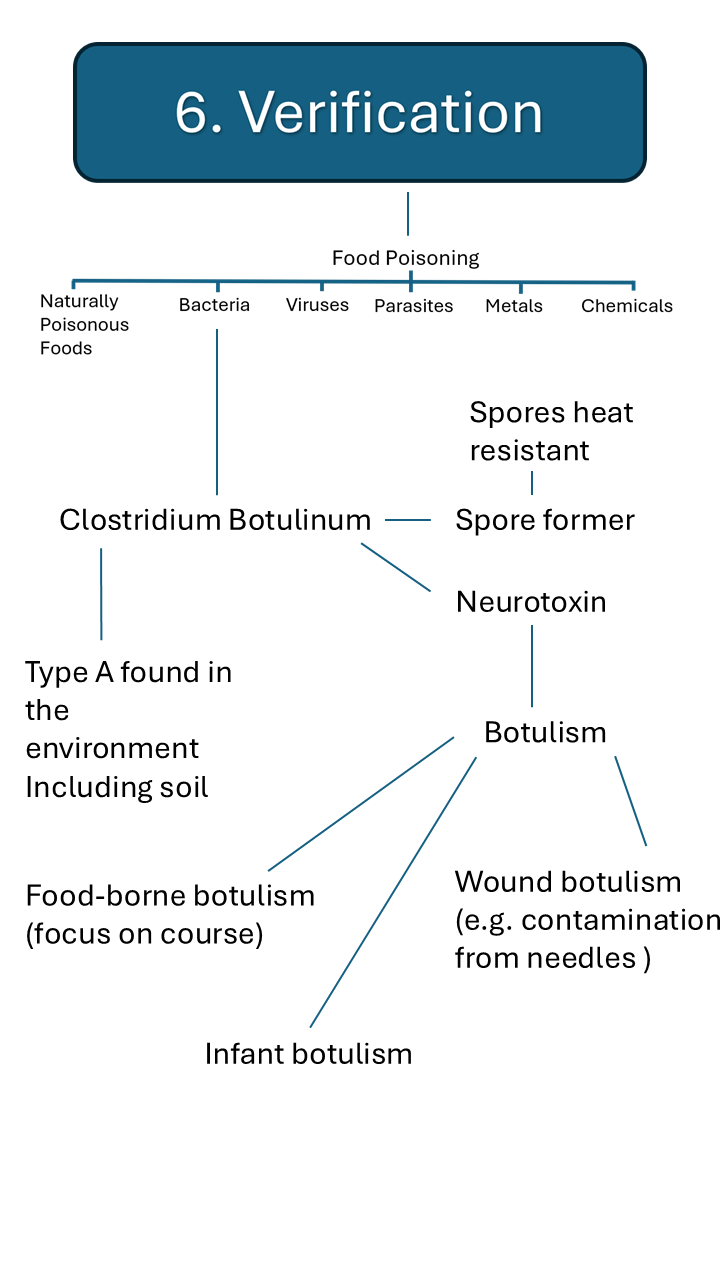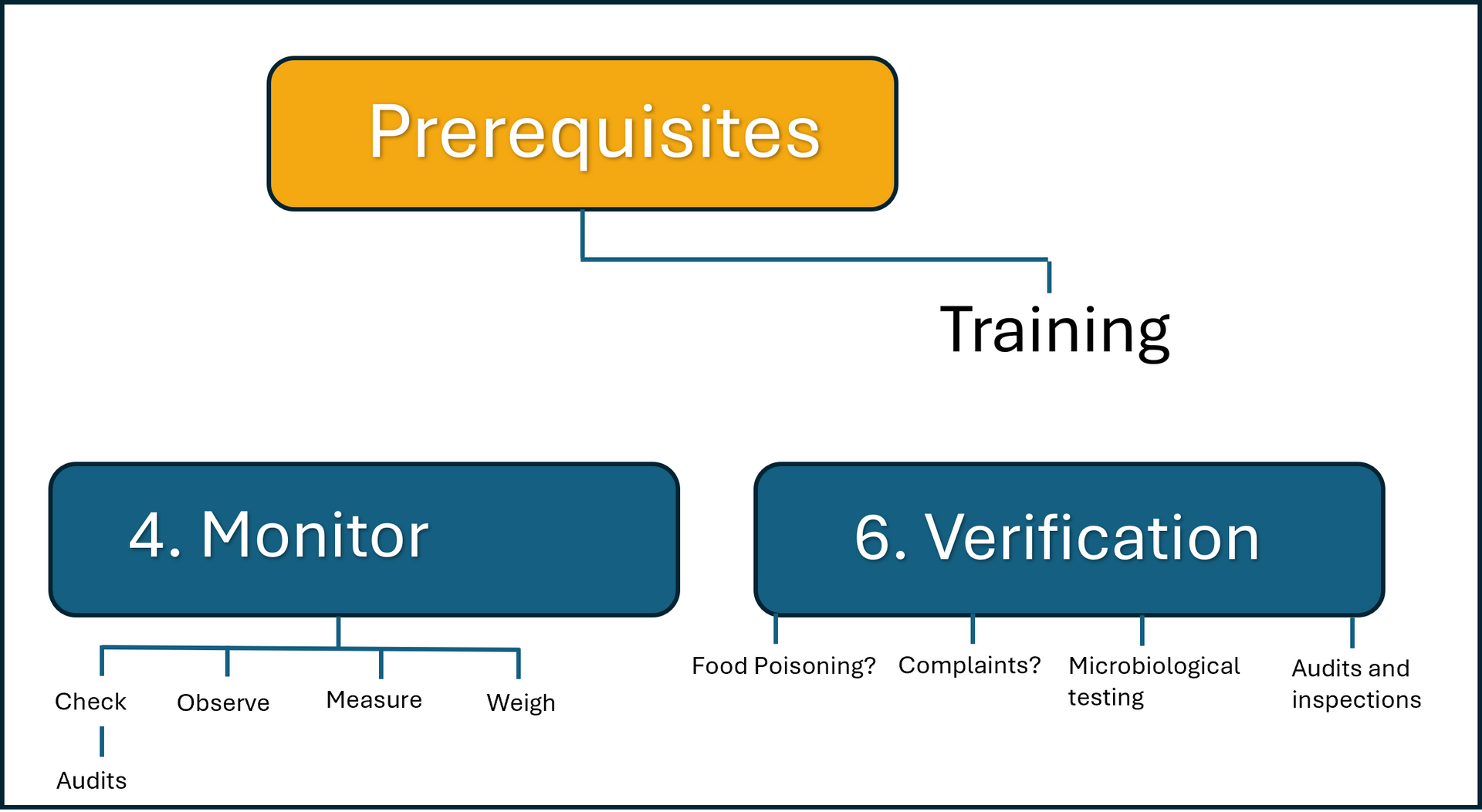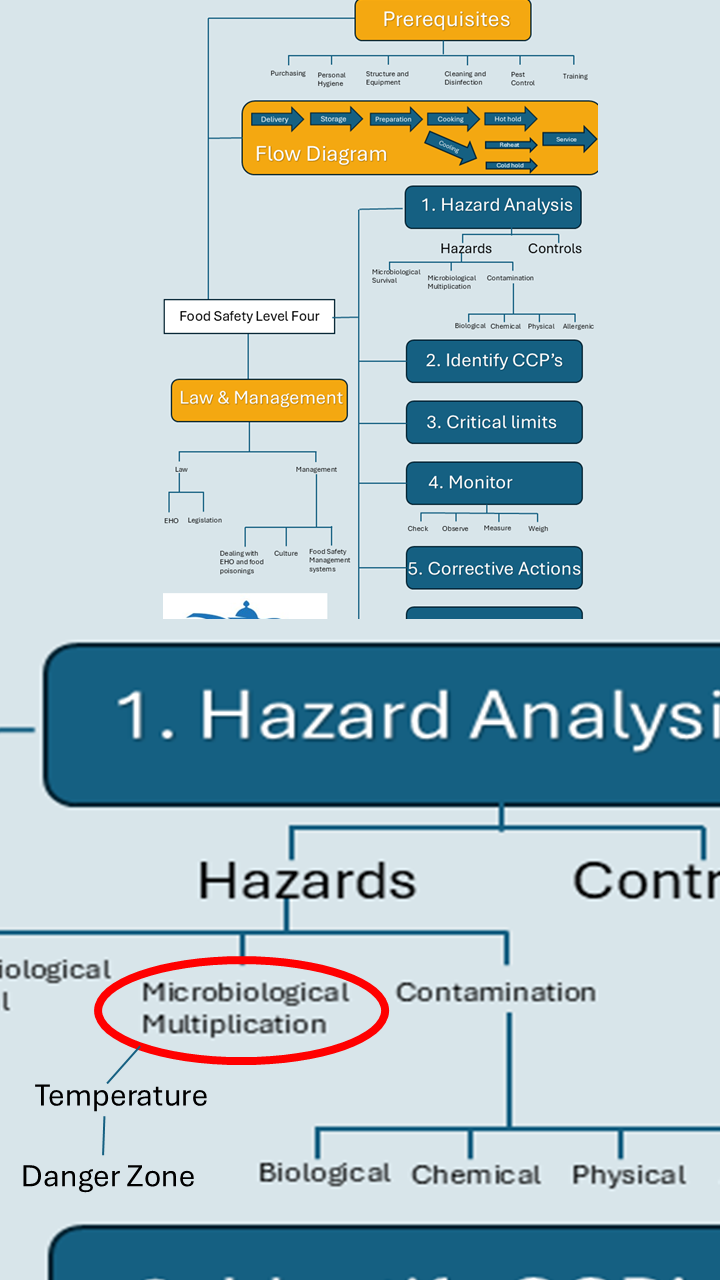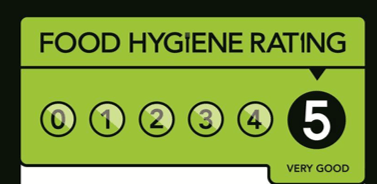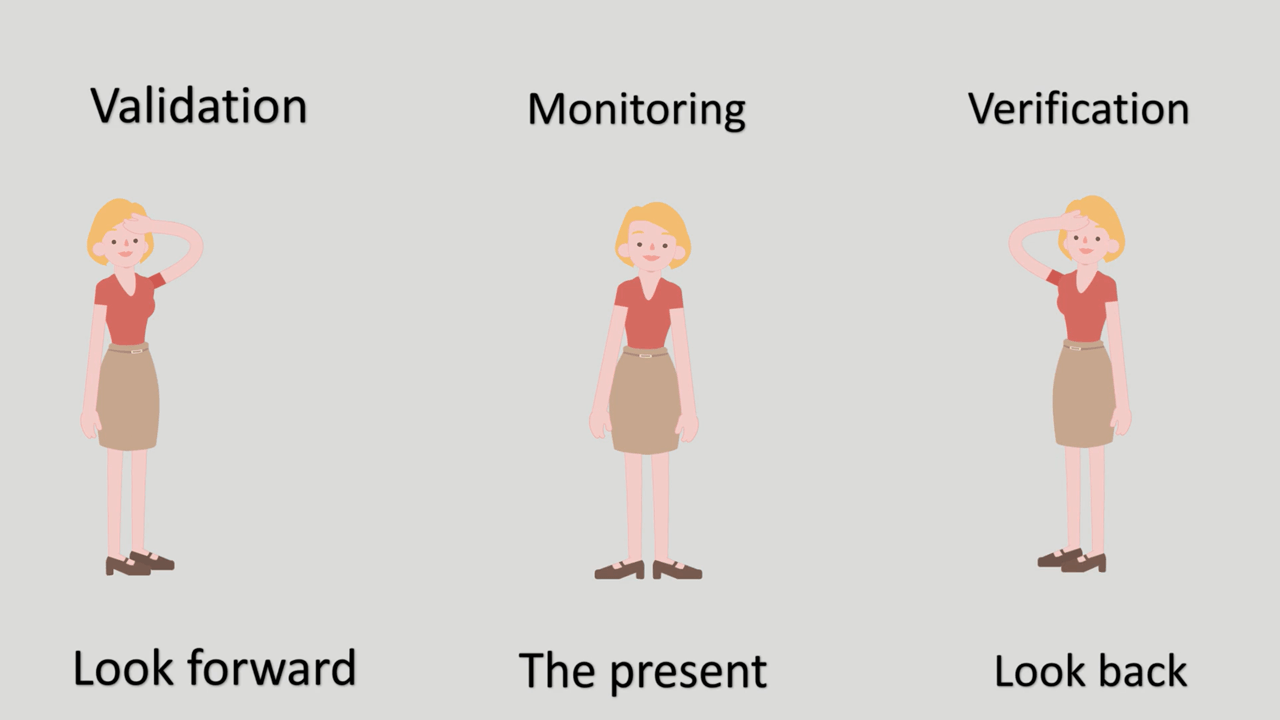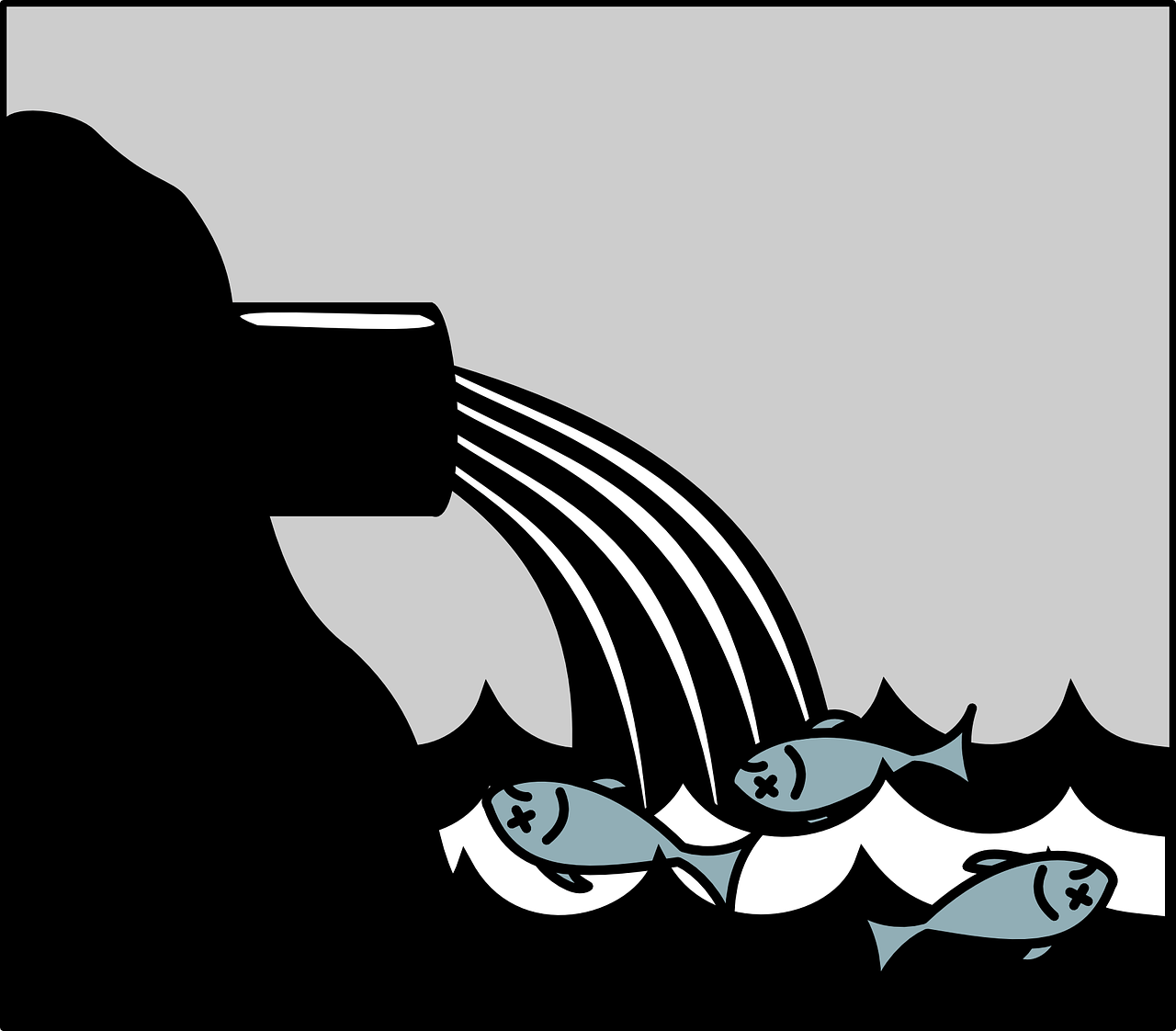Free Food Safety Resources
Welcome to our free resources. To make sure you never miss out, why not subscribe to Hygienie Facebook Page or You Tube Channel? Alternatively follow me, Nick Dore on LinkedIn
Free courses!
Free food safety revision course!
A useful micro course for anyone taking the Highfield Level Three Food Safety exam. It includes a short video which focuses on the difference between contamination and multiplication (also available below). Twenty One multiple choice questions provide invaluable exam practice.
Free food safety and health and safety course!
This video covers the basics of both food safety and health and safety in the workplace.
Suitable for any business owner in the hospitality industry, a free resource to help ensure you remain legally compliant.
In addition, a useful short course for anyone at the start of their learning journey in either food safety or health and safety.
Free Food Safety Videos
A selection of free videos to help refresh and develop your knowledge
Discover food safety videos, many of which are taken from our Level Four Food Safety course.
My Highfield Level Four courses (food safety and health and safety) are self-directed learning solutions with tutor support.
It allows delegates to complete the courses in their own time and at their own pace. And it means the courses will never be cancelled.
Both courses are currently priced at £395.
Through my company Hygienie, I provide safety training for organisations large and small. Blended learning solutions include video, animation, e-learning, interactive quizzes, workbooks, classrooms and remotely through Teams and Zoom.
Highfield accredited and non accredited courses in food safety and health and safety (levels three and four) are developed to meet your needs.
For individual learners, the self-directed Level Four courses provide a convenient and cost-effective solution.
To sample free lessons (no credit card required) click the link below.
PREREQUISITES
Our Level 3 and 4 courses begin with the introduction and then move on to Prerequisites. These are the standards that must be in place before HACCP can be implemented.
List of Services
-
Pest controlList Item 1
This video explains how mice are able to squeeze through very small gaps (for example the width of a pen). This video is suitable for Level Three and Level Four Food Safety.
-
Detergents
This video describes the various types of detergents. This video is suitable for Level Four Food Safety. This level of knowledge is not required at Level Three.
INTRODUCTION TO HACCP
Our Level 3 and 4 courses we structure the courses around HACCP. This provides a logical framework on which we present course information.
List of Services
-
The 7 principles of HACCPList Item 1
Here we provide a video to help remember the 7 principles. At Level 3 food safety you'll need to understand all the principles. At Level 4 you'll need to remember and explain them.
-
Validation and Verification
Verification is principle six of HACCP. This is looking back ‘were we in control?’.
Validation is looking forward ‘will I be in control?’.
The term validation is used at Level Four food safety.
PRINCIPLE ONE: HAZARD ANALYSIS
The first principle is to conduct a hazard analysis. This consists of identifying hazards and controls. Therefore, in our courses we start by identifying the hazards; Contamination (microbiological, chemical, physical, and allergenic), Multiplication (of microbes) and Survival (of microbes).
We then discuss the relevant controls for each hazard. This principle is key to passing both Level 3 and 4 Highfield exams.
List of Services
-
Contamination and multiplication
This is a short, fairly straightfoward video expaining the difference between contamination and multiplication.
It is one of the most important concepts to grasp when taking the Highfield Level Three Food Safety exam.
-
Sources of bacteriaList Item 1
This video was taken from our original Level Two food safety online course.
Although fairly basic, it’s a useful starting point when revising the different types of pathogens and their sources.
We present this information wthin the mcirobiological contamination section.
-
Spores
This video examines how some bacteria (Bacillus Cereus, Clostridium Perfringens, and Clostridium Botulinum) can survive adverse conditions by forming a spore.
In our Level Three and Level Four courses, this would be taught in the 'Hazards' section; the hazard is microbiological survival.
-
Allergenic reactions to food
The biological process behind an allergenic reaction to food.
The information is taken from the book 'Allergic: How our immune system reacts to a changing world' by Theresa MacPhail.
PRINCIPLE FOUR: MONITORING
Monitoring is the present tense, 'how are we doing?'. Results are usually obtained immediately and on site, for example during observation as per this video.
List of Services
-
Monitoring allergen controlsList Item 1
The aim of this exercise is to identify the key points a manager or supervisor would feedback to their team.
-
Monitoring sources of bacteria
In this video, designed for classroom or virtual classroom courses, delegates begin by identifying sources of bacteria.
Delegates then discuss how they would improve the final fridge layout and why.
In group work they will discuss how to ensure their team continue to store food correctly in the future.
PRINCIPLE SIX: VERIFICATION
Verification is past tense 'were we in control?'. If an organisation has experienced outbreaks of food poisoning, something has gone wrong, they were not in control.
We therefore present information on food poisoning in this section.
In our courses we build this knowledge gradually. Particularly at Level Four we start with the sources of bacteria, and then the controls, and finally the details of food poisoning.
List of Services
-
PathogensList Item 1
In this first video, we present all pathogens in one, longer video.
In the videos below the pathogens are divided into shorter videos focussing on one pathogen at a time.
This is the type of information you may need for Level Four food safety. However, the information provided goes beyond the level usually required in the Level Four exam.
-
Food poisoning from fish
A video summarising how fish can cause food poisoning.
-
Parasites
Parasites can broadly be separated into two types; Protazoa and tapeworms.
This video delves into both types in greater detail. Again, this type of information may be required at Level Four, however not in the detail given.
Please click on the link below for a video overview of parasites.
-
Bacillus Cereus
Bacillus Cereus (think be serious) is a spore forming bacteria often associated with rice.
This video provides a short overview of Bacillus Cereus.
-
Clostridium Botulinum
This spore forming pathogen produces a neurotoxin and the illness has been known for century's as botulism.
A short video on Clostridium Botulinum
-
Listeria
Listeria multiplies at the lowest temperature of all pathogens and is potentially fatal to vulnerable groups.
Please follow the link below to watch our short overview of Listeria.
-
Vibrio Parahaemolyticus
The source of the pathogen Vibrio Parahaemolyticus is sea water, particularly in the Far East. It has been isolated in UK waters, possibly due to global warming.
-
Norovirus
A short video on Norovirus. It's likely non-food person to person is responsible for most outbreaks. An FSA report in 2011 found 75% of oysters examined contained the virus.
-
Staphylococcus Aureus
The next video is a short overview of Staphylococcus Aureus. Approximately 40% of adults carry Staphylococcus Aureus in their nose and throat. Approximately 15% carry on their skin.
-
Typhoid and Paratyphoid
In this video we examine Tyhpoid and Paratyphoid. These pathogens are related to the bacteria salmonella. Please follow the link below for this video.
-
Campylobacter Enteritis
Very small numbers of the pathogen can cause illness.
Please click below for a short overview of Campylobacter Enteritis
-
Salmonella
The next video in this series is of Salmonella, one of the most common causes of food poisoning worldwide.
-
Clostridium perfringens
Clostridium Perfringens may be one of the most widely spread pathogens in the environment. Please click below for an overview of this spore forming pathogen.
-
E-coli 0157
A short video on E-coli 0157. Very small numbers, possibly as few as ten can cause illness. In some cases the bacteria spreads through the body and can be potentially fatal.
The Psychology of Food Safety
I'm really interested in how psychological theories and ideas such as Nudge Theory can be applied to food safety. Our videos apply these theories to the workplace.
For more videos, click on the links below.
Articles and videos from our Blog.
